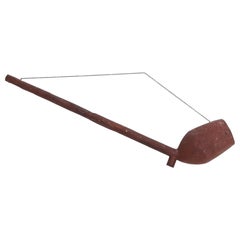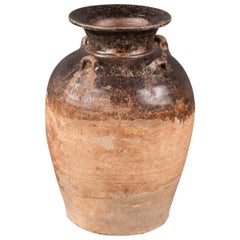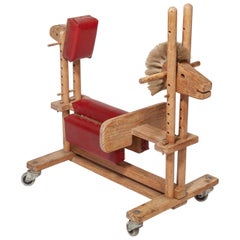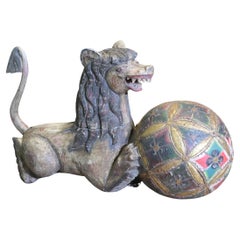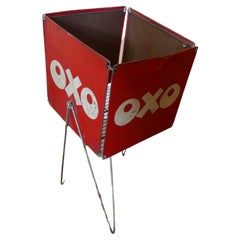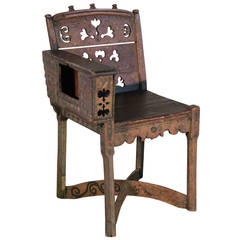Folk Art
20th Century French Folk Art Folk Art
Zinc
16th Century Thai Folk Art Antique Folk Art
Ceramic
1950s British Folk Art Vintage Folk Art
Leather, Pine
19th Century Folk Art Antique Folk Art
Teak
Mid-20th Century Folk Art Folk Art
Tin
19th Century Scandinavian Folk Art Antique Folk Art
Pine
Mid-20th Century Folk Art Folk Art
Fruitwood
1970s Greenlandic Folk Art Vintage Folk Art
Fur
1890s Folk Art Antique Folk Art
Paper
1960s Folk Art Vintage Folk Art
Pine
19th Century Folk Art Antique Folk Art
Sycamore
20th Century Folk Art Folk Art
Wood
1930s European Folk Art Vintage Folk Art
Beech
1960s French Folk Art Vintage Folk Art
Plastic, Wood
2010s Mexican Folk Art Folk Art
Ceramic
1960s Italian Empire Vintage Folk Art
Canvas, Paint
Late 20th Century American Empire Folk Art
Paint
Early 20th Century American Folk Art Folk Art
Glass, Wood, Paper
1970s Ethiopian Folk Art Vintage Folk Art
Canvas
2010s Spanish Folk Art Folk Art
Ceramic, Clay, Paint
2010s Spanish Folk Art Folk Art
Ceramic, Clay, Paint
Mid-20th Century American Folk Art Folk Art
Stone
2010s Mexican Folk Art Folk Art
Ceramic, Clay
20th Century American Folk Art Folk Art
Iron, Tin
Early 20th Century American Folk Art Folk Art
Cotton
Early 18th Century Danish Folk Art Antique Folk Art
Wood
1960s Folk Art Vintage Folk Art
Enamel
19th Century Folk Art Antique Folk Art
Fruitwood
1980s Folk Art Vintage Folk Art
Paper
1980s Folk Art Vintage Folk Art
Paper
Mid-20th Century Folk Art Folk Art
Softwood
Mid-20th Century European Folk Art Folk Art
Paint
18th Century and Earlier American Folk Art Antique Folk Art
Canvas
Vintage, New and Antique Folk Art
Folk art refers to a genre of art that shares the creator’s traditions, offering not just an artistic display but an opportunity to learn about a culture. Vintage, new and antique folk art typically reflects a heritage or location. It can include utilitarian objects and handmade art as diverse as weather vanes, portraiture and paintings, carnival art, quilts and duck decoys.
American folk art is frequently valued because of the traditional skills involved, like weaving, hand-carving wood and even stonework. Many folk artists are self-taught, while some train as apprentices within their community. By using available materials and taking a personal approach to their creations, artists ensure each piece is unique and conveys a story. Native American folk art includes functional objects reflecting their heritage, such as baskets, textiles and wooden pieces.
During the Great Depression, artistic materials in America were hard to come by, so artisans used discarded wood from cigar boxes and shipping crates to make highly stylized, notched pieces — most often picture frames and boxes — that are today sought after by collectors. This folk art style is called tramp art and was popular from roughly 1870 until the 1940s.
Folk art brings vibrant culture and traditions into your home. Browse an extensive collection of folk art on 1stDibs.
